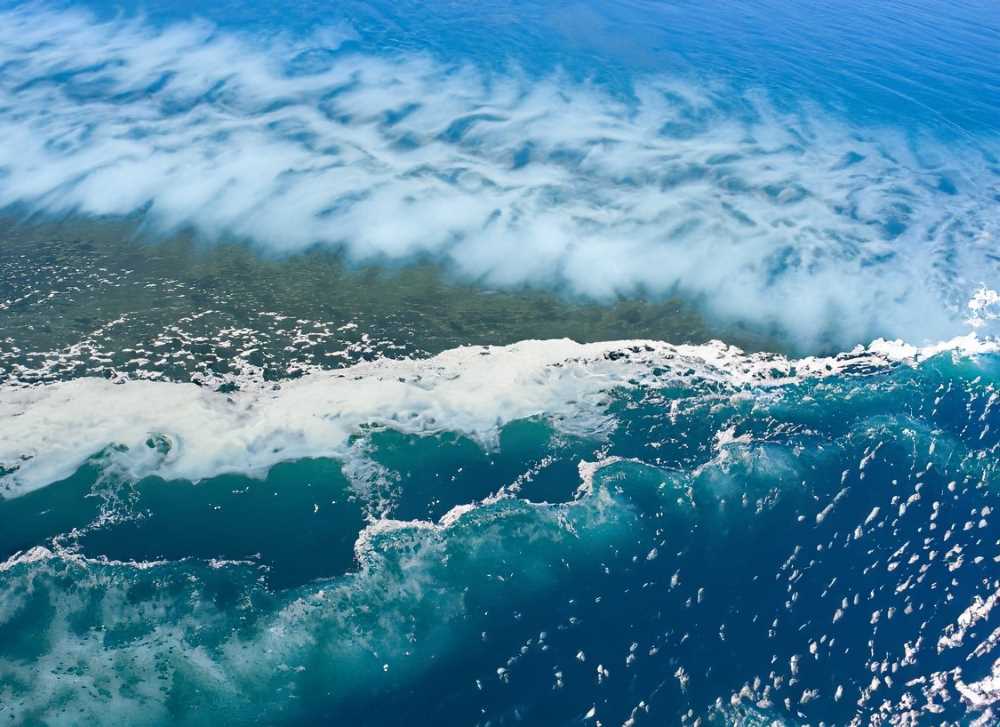The Dynamic Oceanography of the Gulf of California
The Gulf of California, a closed subtropical sea stretching 1,000 kilometers, is a hub of high primary productivity, shaped by wind-induced upwelling, tidal mixing, and thermohaline circulation. Amidst arid and mountainous terrains, its geography and dynamic oceanography support marine ecosystems.

The Gulf of California, stretching roughly 1,000 kilometers in length, serves as a captivating illustration of the intricate interplay of oceanographic and climatic forces. A closed subtropical sea, it boasts high primary productivity, largely influenced by its unique geographical positioning and dynamic oceanography.
Oceanographic Forces at Play
Primarily, there are three mechanisms contributing to the fertilization of the Gulf:
Wind-induced upwelling: Winds play a pivotal role in stirring the ocean waters. In the Gulf of California, winter conditions from December to May cause upwelling on the east coast due to the northwesterly winds. In contrast, summer conditions from July to October lead to upwelling on the west coast, courtesy of the southeasterly winds. June and November serve as transitional periods, showcasing a seasonal inversion of wind patterns.




